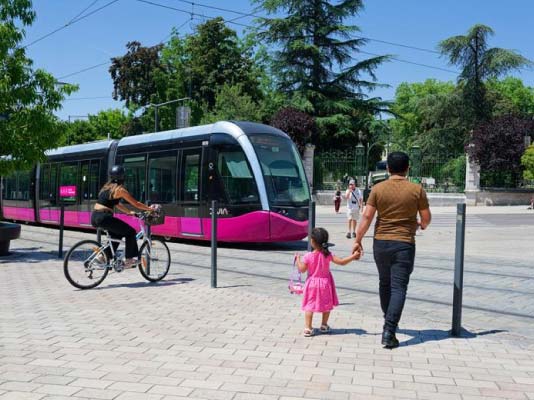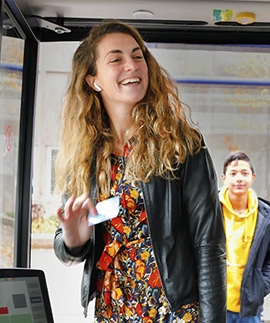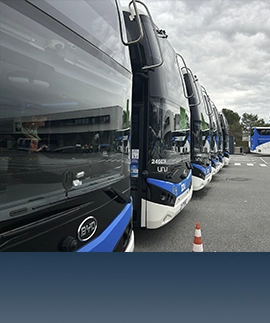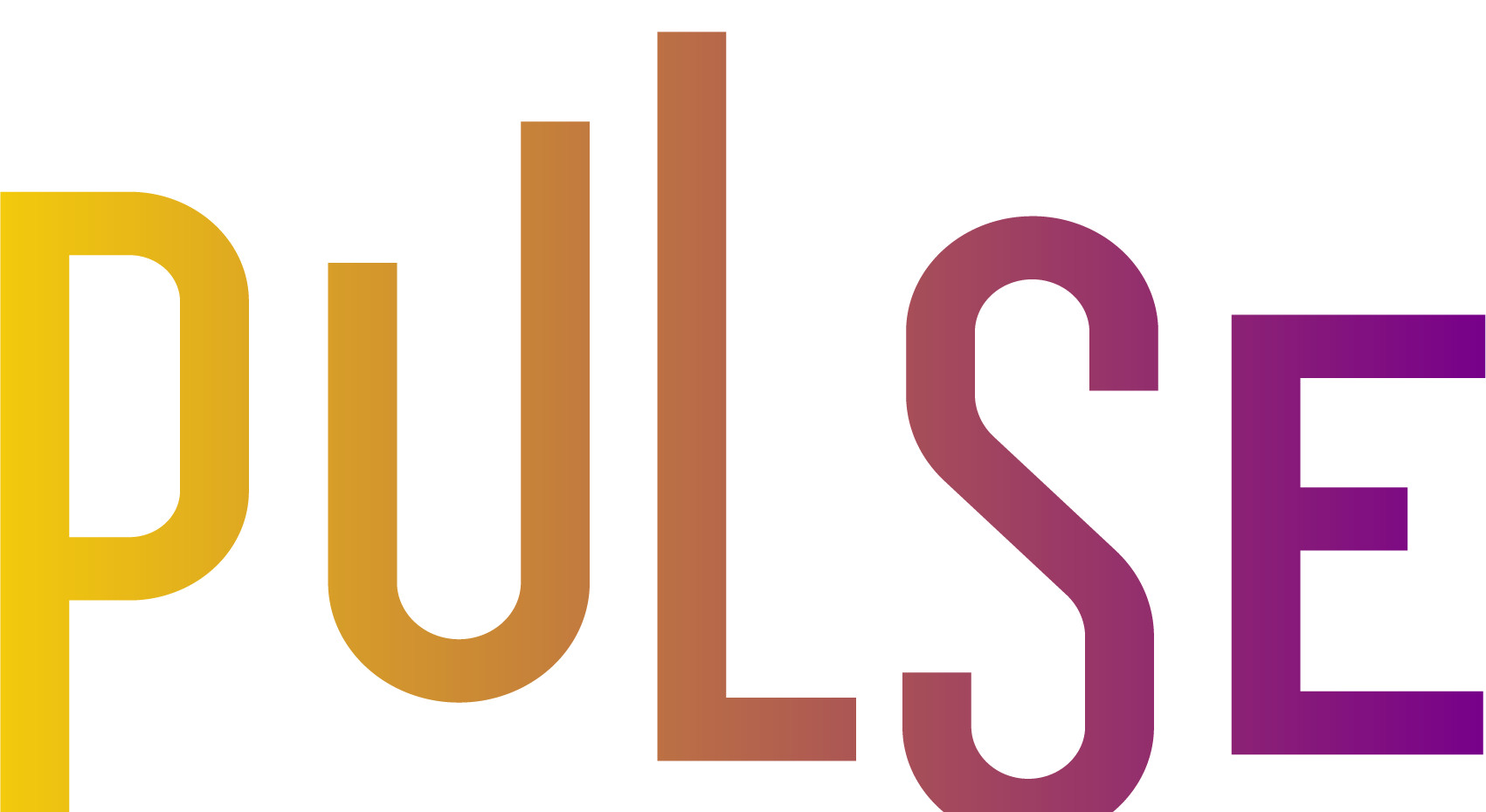[Tribune] Annelise Avril, CEO, France Urban Networks - Keolis Group
At Keolis, to solve this equation, we have opted for "frugal innovation", which aims to find the simplest and most effective solutions possible while using the least resources possible. We have taken a close look at how we operate, how our customers behave, or how we are organised, all in search of adjustments that call for little, if any, investment. We can reveal that this search has proven productive!
We first looked at the problems surrounding rush hour. How could we improve passenger travelling conditions during peak periods without increasing our transport capacity? Without increasing our service frequency or adding another train or tram? To find a different solution, we turned our focus not towards supply, but towards demand. One of the places we did this was in Bordeaux, where the tram has in a sense become a victim of its own success, and is saturated at peak hour. We discovered that a third of passengers took the tram for one, two or three stops at most. These are journeys that, for some users, could conceivably be walked.




